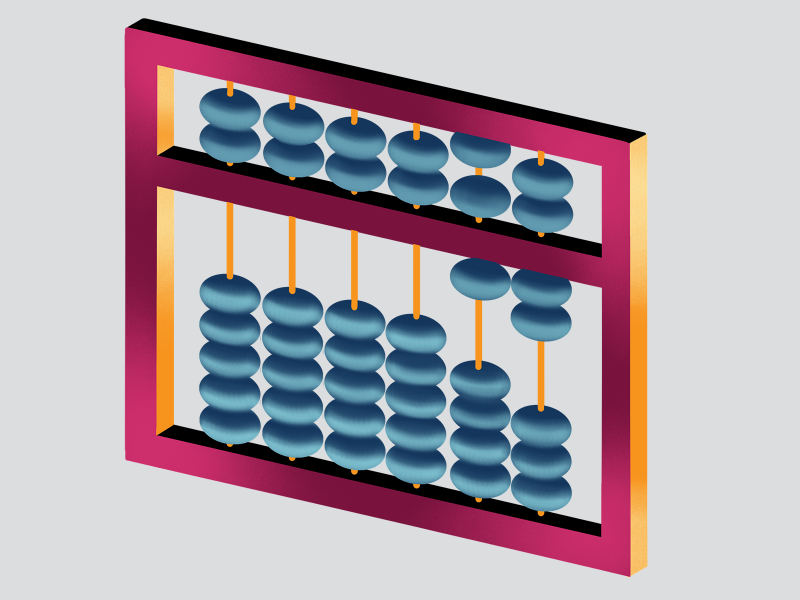About this report
Canada’s five Superclusters were announced in 2018 with a five-year government investment of $950 million, to be matched by private sector investment. These “clusters” were conceived as areas of targeted business activity comprised of large and small companies, non-profits, academic institutions and accelerators that work collaboratively to boost innovation and growth in a specific sector. The five Superclusters are Digital Technology (British Columbia), Protein Industries Canada (Prairies), Next Generation Manufacturing (Ontario), Scale Artificial Intelligence, or Scale AI (Quebec), and Ocean (Atlantic Canada). Three years later, their record is a subject of much debate.
The Superclusters have been slower than anticipated to hit their stride, and their individual performance and challenges have varied. They have also fostered new partnerships, attracted industry investment, and supported a wide array of projects, including some related to Canada’s COVID-19 pandemic response. The Digital Technology Supercluster’s COVID Cloud project, for example, is providing real-time DNA data to help governments and scientists make decisions about public health and vaccine efforts. In another industry altogether, the Protein Industries Canada Supercluster is supporting a partnership that is developing AI-driven drone technology to detect pests and target spraying, which could lead to an estimated 95 percent reduction in pesticide use and savings for farmers. As of January, Innovation, Science and Economic Development Canada (ISED) reports that across the five superclusters, $510 million in government funding has leveraged industry investments for a total of more than $1.2 billion.
In his analysis, former Deputy Minister of ISED John Knubley, the minister responsible for the creation and launch of the Superclusters, makes an argument for evaluating their success on a longer time horizon that is commensurate with the scale of their ambition. This report offers a timely reflection on how each Supercluster has evolved and progressed, challenges encountered and lessons learned, where they could go next, and what role they might play in Canada’s “build back better” agenda after COVID-19.
Let us know what you think
If you have views on Canada’s superclusters, we’d like to hear from you. Connect with us at brookfield.institute@ryerson.ca.




